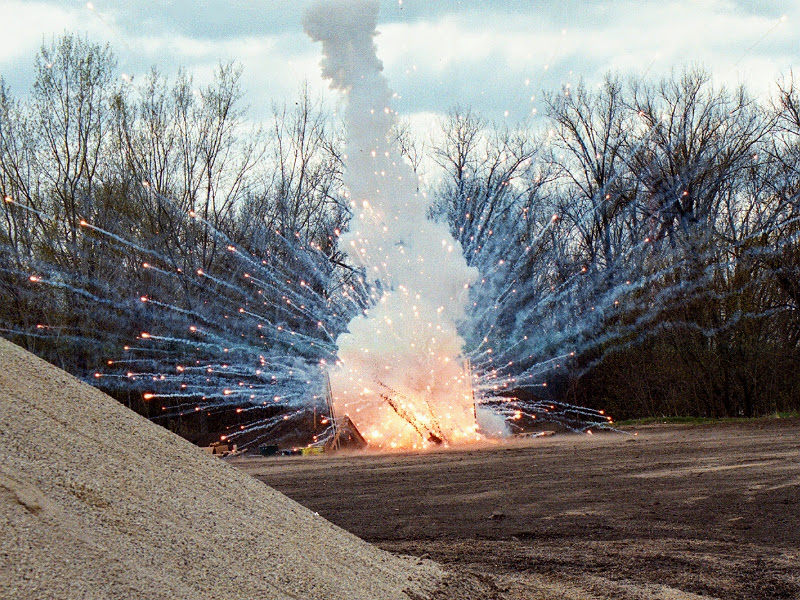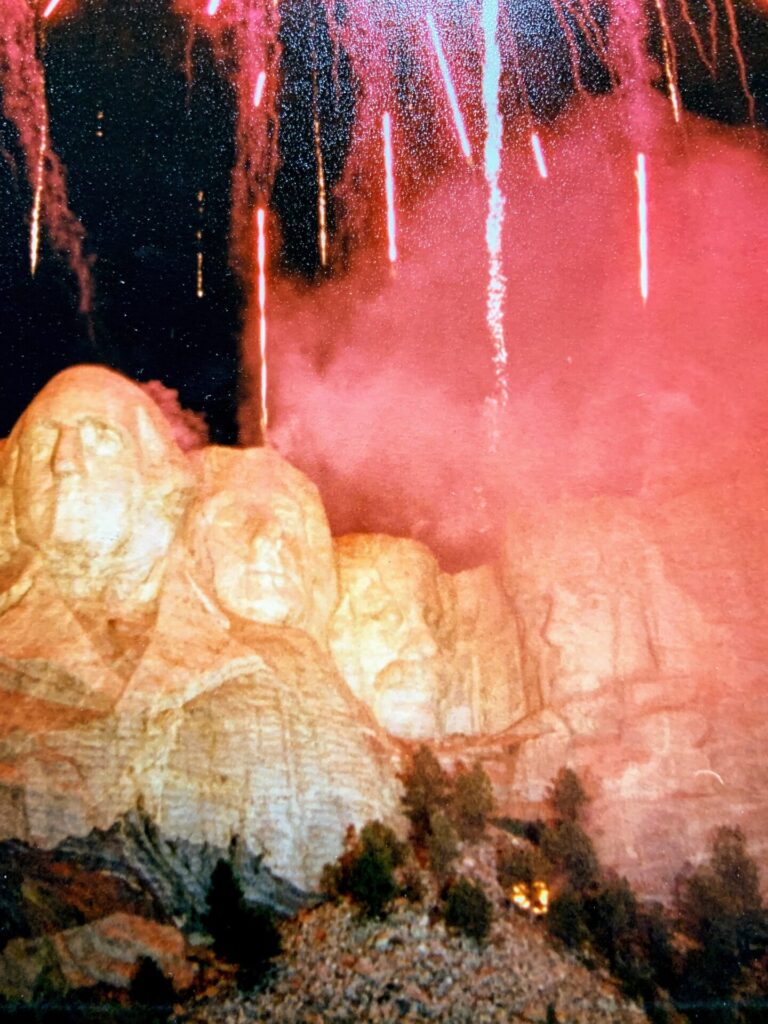
Note the burning vegetation below Roosevelt and Lincoln.
The Mount Rushmore (MORU) National Memorial in the Black Hills of South Dakota is one of the most iconic national memorials administered by the National Park Service (NPS). It is the state’s most popular attraction with about 3,000,000 annual visitors from around the world.
The carvings of MORU (Presidents Washington, Jefferson, Lincoln and Theodore Roosevelt) were blasted out of the smooth, fine grain granite by some 400 workers between 1927 and 1941. Each carving is about 60 feet tall on southeast side of the mountain, which is 5,725 feet above sea level and some 500 feet above the Amphitheater.
Most visitors drive from Rapid City about 35 minutes away. The typical visit is a little more than an hour. As a result, there is a lot of turnover even during peak times.
This news report from South Dakota Public Broadcasting (SDPB) provides additional background on the history and the issues of the fireworks display from the Monument.
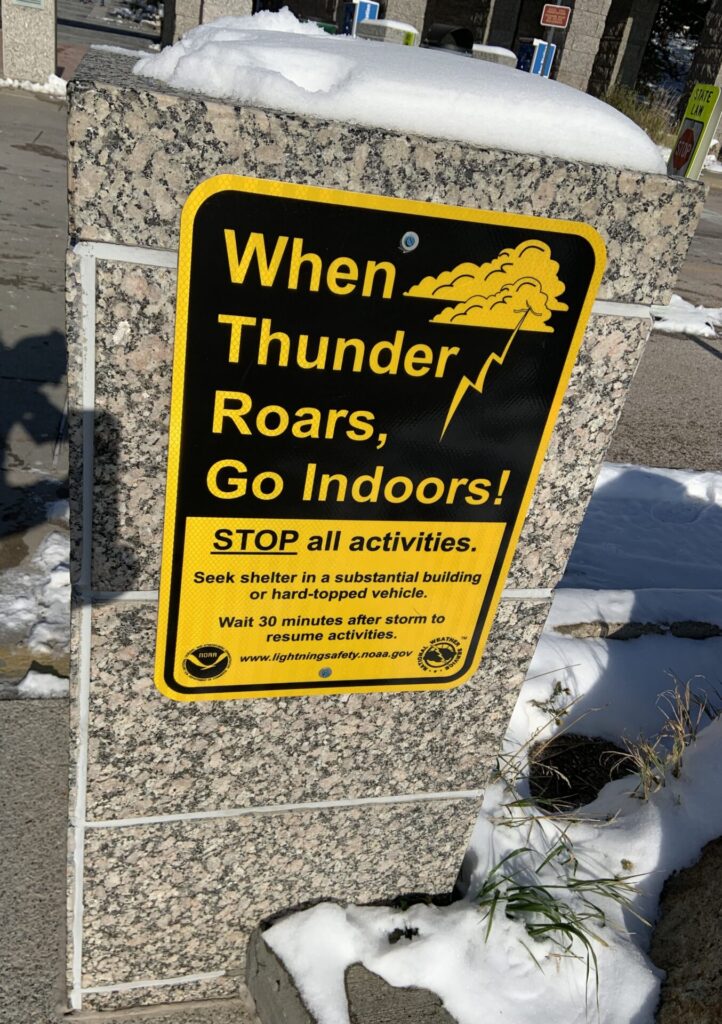
MOUNT RUSHMORE EVALUATION
Here is my report: Mount Rushmore (MORU) Fireworks & Pyrotechnics Code & Best Practices Evaluation [REDACTED], November 2019
EXECUTIVE SUMMARY
- From 1998 to 2001 and 2003 to 2009 a non-profit organization (NPO) that partners with the NPS at MORU sponsored a fireworks display on July 3rd.
- The fireworks displays were fired by a professional fireworks display company and consisted of thousands of aerial fireworks up to 12” and fired electrically from high density polyethylene (HDPE) mortars in above ground wood frame racks, as well as multiple tube devices (cakes).
- The aerial shells were electrically fired from the canyon behind the carvings and the cakes from an top pf the carvings. The electrical firing system was located inside the Hall of Records at the base of the canyon.
- In February 2009, NPS staff completed an internal report that addressed concerns with the feasibility of the location of this discharge site, to the manner in which fireworks display was set up and conducted, to the challenges with a fireworks display in a large forest on steep slopes, to the safety and security of the spectators, to the compliance with national fire codes, as well as Federal and state laws.
- The 2010 fireworks display was cancelled based on the concerns raised in the 2009 NPS report and recent forest conditions that increased the fuel load and risk from a forest fire.
- In December 2018, Governor Kristi Noem was attending a state governors conference and met wit President Donald Trump. She asked him to bring back the fireworks to Mount Rushmore. He directed the NPS to do so and the NPS began the process of determining the feasibility of bringing back the fireworks display.
- On May 6, 2019, the Department of the Interior and the State of South Dakota signed a Memorandum of Agreement (MOA) “to work to return fireworks to Mount Rushmore National Memorial in a safe and responsible manner on July 3, July 4, or July 5, beginning in the year 2020”.
- In July 2019, staff from MORU and Regional NPS offices as well as from the South Dakota State Fire Marshal (SD SFM) and the Rapid City Fire Department (RC FD) surveyed potential discharge sites at MORU for a fireworks display in early July 2020. The group determined there were six potential discharge sites.
- On September 6, 2019 the NPS retained the Author to conduct a survey and evaluation of the potential discharge sites to comply with national fire codes and best practices, as well as Federal and state laws.
- The NPS provided the Author with the information available to date.
- In October of 2019, the Author surveyed Mount Rushmore and met with NPS and South Dakota State Fire Marshal (SFM) staff.

FIREWORKS DISPLAY OF JULY 3, 2020
The contract was awarded after the State of South Dakota and the NPS evaluated proposals from a number of fireworks display companies.
Here is a video of the show performed by Pyro Spectaculars of Rialto, California. It was an outstanding production anywhere, but even more so given the challenges of this unique site.
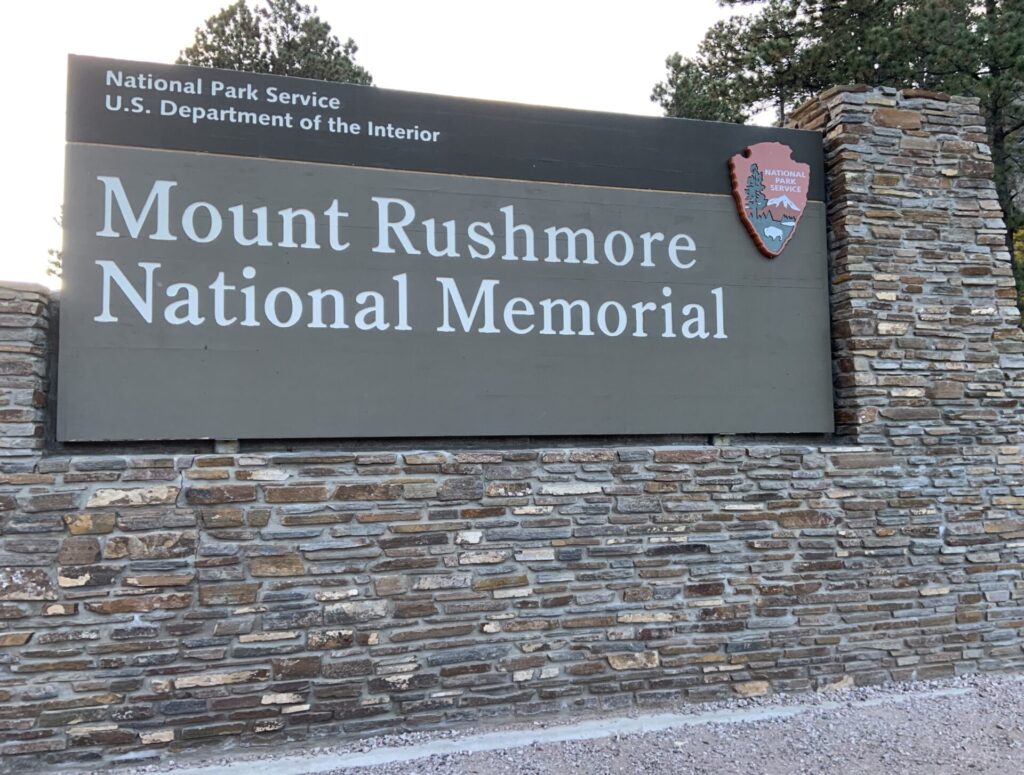
NPS DECLINED SPECIAL EVENT PERMIT FOR 2021
The NPS routinely evaluates special events and this one was no different. As stewards of our national parks, monuments and memorials, the NPS is charged with preserving and protecting these treasures as well as providing for public and employee safety.
After evaluating the issues with the July 3, 2020 fireworks display, the NPS declined to issue a special use permit to conduct a fireworks event at Mount Rushmore on July 3, 2021.
The reasons cited were:
- public and employee health issues with a large public gathering during the COVID-19 pandemic
- objections from sovereign tribes with treaty rights to the land
- the logistics with turning away tens of thousands of visitors (only guests with special event tickets are allowed to enter for the event that starts at 3:00 PM of presentations, speeches and music culminating with the fireworks display) [there is only one road to the memorial and normally visitors come and go throughout the day]
- the environmental concerns over perchlorate contamination and potential for wildfires
- an ongoing construction project at the memorial
The State of South Dakota sued the NPS [Noem v. Haaland, No. 21-2542 (8th Cir. Jul. 27, 2022)] claiming the decision was “arbitrary and capricious”, but the court ruling was the NPS acted according to the law, so the special event permit denial was sustained.
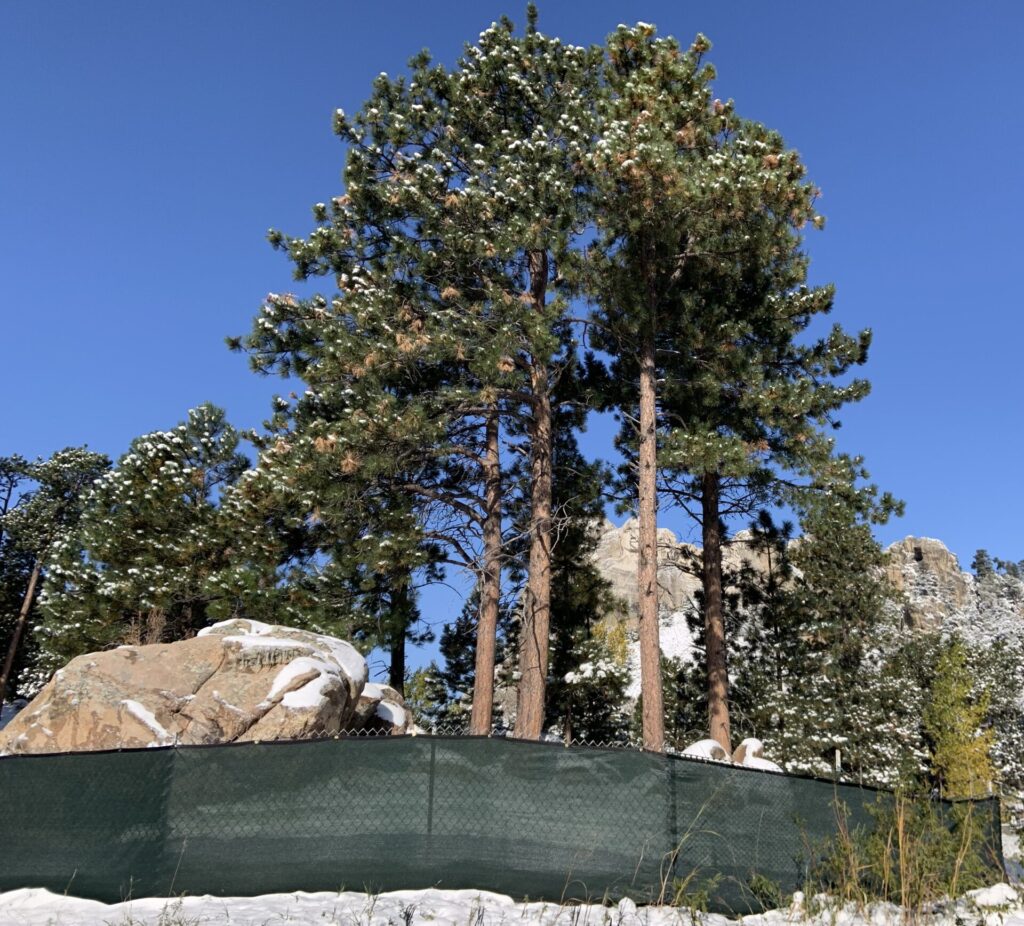
WHAT’S NEXT?
What’s next for fireworks displays from Mount Rushmore in 2022 and beyond?
The construction project is completed. The COVID-19 pandemic will eventually subside. But the other three reasons the NPS declined the special event permit for 2020 have not changed; in fact these reasons were in play for all prior years and will be in play for all future years.
The NPS will continue to consider and evaluate these reasons with the various sovereign tribes, the State of South Dakota and others, but whether there will be another July 3rd fireworks display at Mount Rushmore remains to be seen.
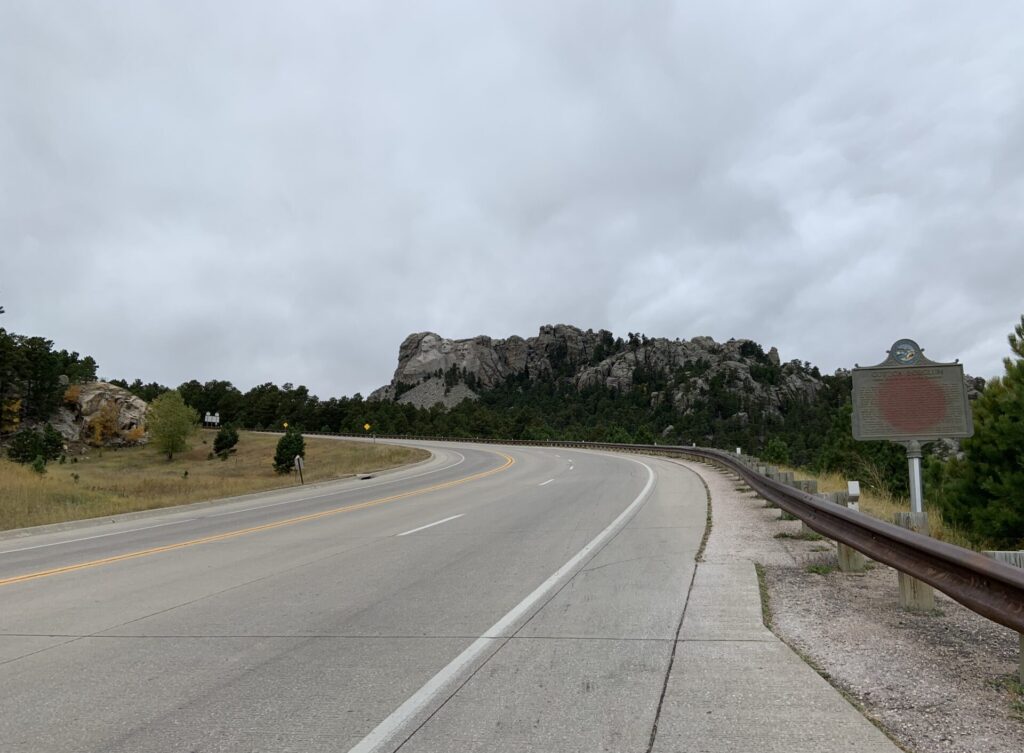
2022 Update
The State of South Dakota appealed the 2021 Federal court decision to the 8th Circuit United States Court of Appeals. In early 2022, it also applied to the NPS for the special event permit for a fireworks display on July 3, 2022, which was rejected for the same basic reasons as in 2021.
Sixteen other Republican-led states submitted amicus briefs in support of the State of South Dakota’s appeal, while the Cheyenne River Sioux Tribe supported the NPS.
The Court ruled [Noem v. Haaland, No. 21-2542 (8th Cir. Jul. 27, 2022)] that the State of South Dakota lacked standing to challenge the NPS permitting process because “(n)obody has the right to shoot off fireworks on someone else’s land(n)obody has the right to shoot off fireworks on someone else’s land” without permission.
Given Mount Rushmore is NPS land, only the NPS can approve a fireworks display at Mount Rushmore, and can only do so within the constraints of numerous Federal laws and regulations, it is up to the NPS to determine whether a fireworks display is advisable in the future.
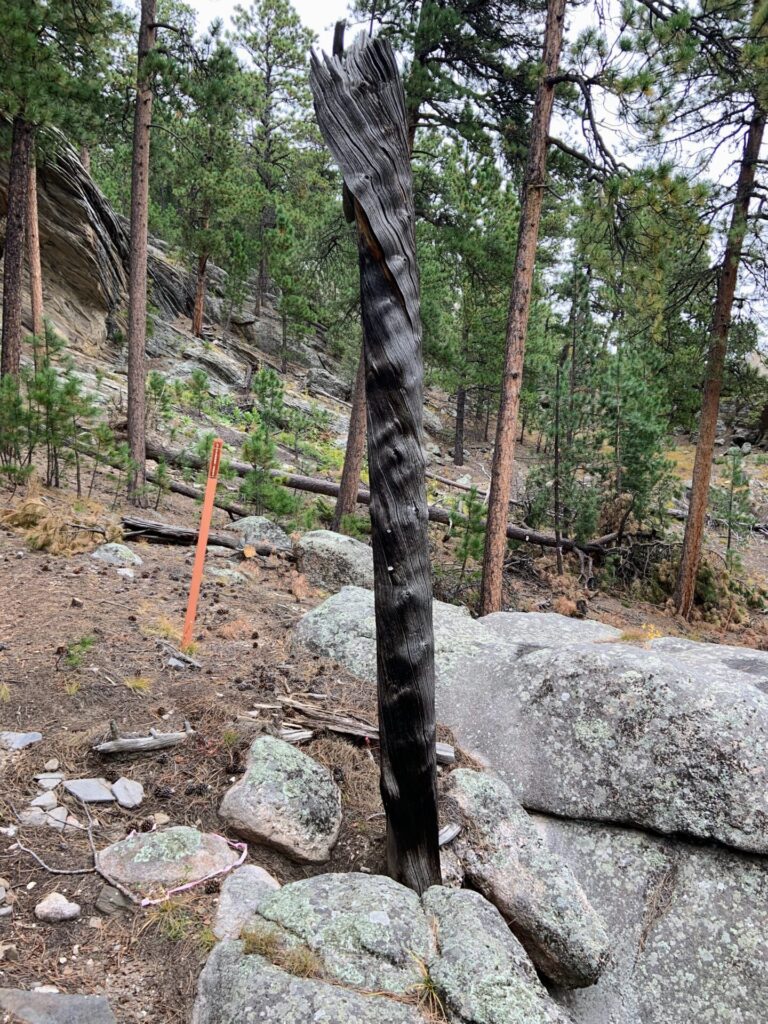
Thus, until and unless the NPS determines that the conditions are appropriate for another fireworks display, it is doubtful there will be another in the future. This is not to say that theatrical pyrotechnics or other types of special effects could not be used as part of a short program in the future.
One factor that is not cited in this dispute is that although the State of South Dakota pays for the fireworks display, and many of the services (traffic control, EMS, fire protection, etc.) outside of Mount Rushmore, the NPS must pay for all of the services for planning, organizing, performing and staffing (security, food service, maintenance, etc. ) the program in the amphitheater followed by the fireworks display from the top of Mount Rushmore. This is a substantial sum that comes out of the NPS budget because as a high profile event, the required security measures are understandably quite substantial.
The security measures with a Presidential visit are even higher for both the State of South Dakota and the various agencies of the Federal government, further increasing the costs.
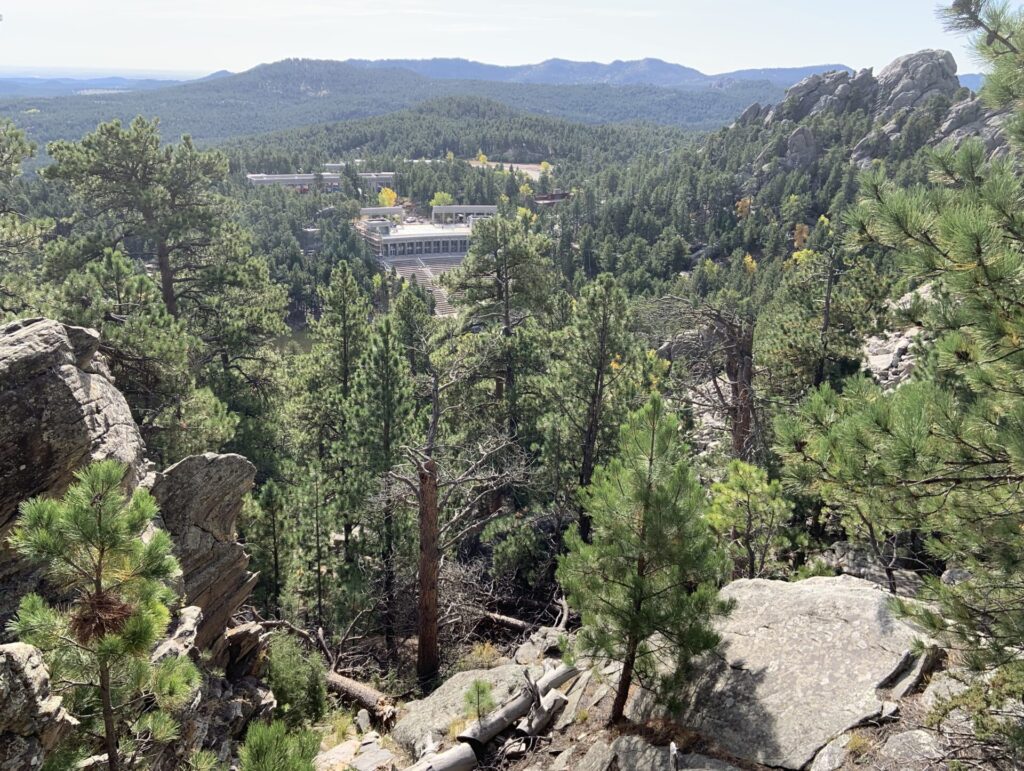
WHY DOES SOUTH DAKOTA WANT THE FIREWORKS DISPLAY?
Given the reality that there are only 7,500 tickets available to the public into Mount Rushmore for the July 3rd program and fireworks display, and there are only a few locations the fireworks display is even visible outside of the Memorial, why does the State of South Dakota want it so badly?
The fireworks display alone is $350,000 USD because of the greater expense of moving the crew, gear and fireworks manually up and down the mountain. Add in all the other expenses for security, traffic control, EMS and fire protection, and the cost to the state is substantially higher.
Small numbers of spectators can watch the fireworks display from outside Mount Rushmore, but because of the hills and trees, there are only a few locations it is visible, and these are some distance away. Any places along the side of the highway have limited space for people and parked cars, and none will have any amenities such as food, beverages and bathrooms.
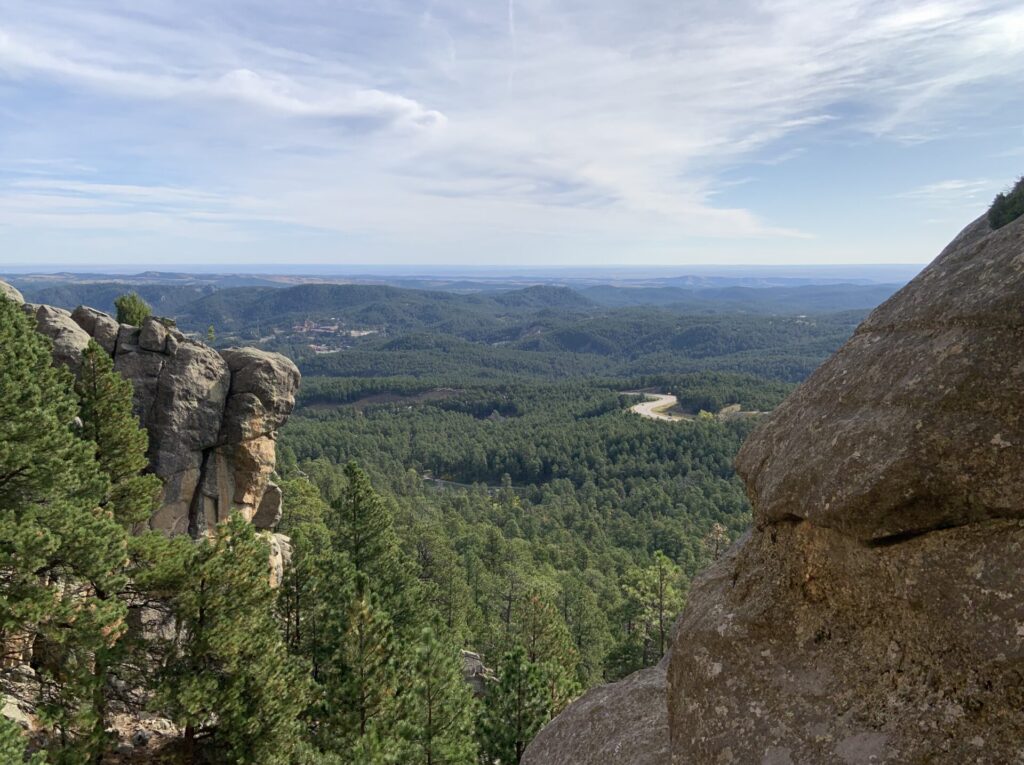
The nearest town with amenities is Keystone, SD is 1.9 miles (3.0km), but it also has only a few places one can see the Memorial in the far distance.
Access on the only highway to Mount Rushmore is severely limited, so people who believe they can drive out to visit the Memorial or see the fireworks display will be turned away.
The answer to the question why the State of South Dakota wants it so badly is simple: South Dakota sees this is a huge public relations boost because on the 4th of July the TV news and other media outlets highlight the fireworks display from Mount Rushmore. They have determined that the value of the “free” publicity in the media is greater than the cost of the fireworks display and all the other expenses.
Granted, now the fireworks display can be livestreamed and many people, including the author tuned in; however watching a fireworks display on a small, two dimensional screen has limited appeal for most people.
What is interesting however is to compare the economic impact of tourism on the State of South Dakota in the years with the fireworks display to the years without the fireworks display.
